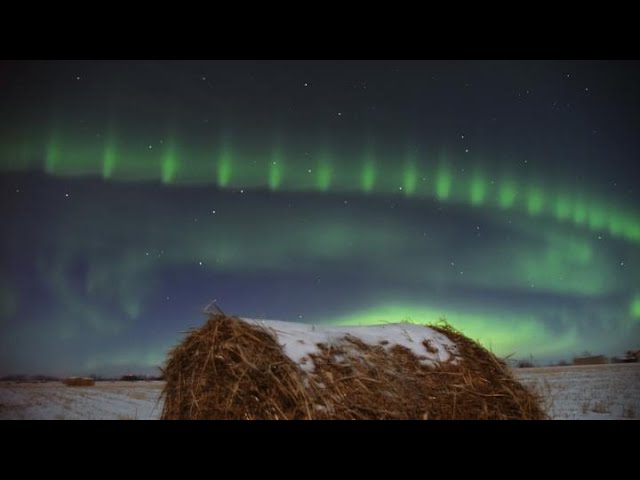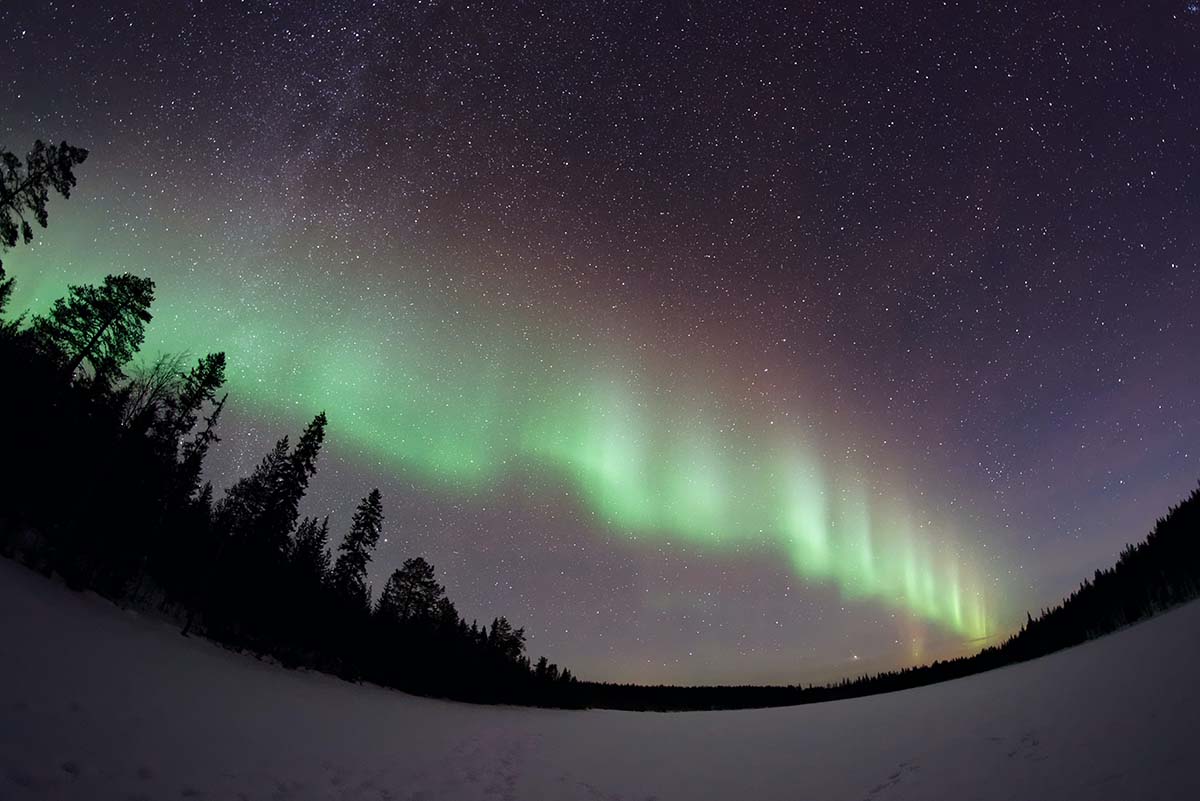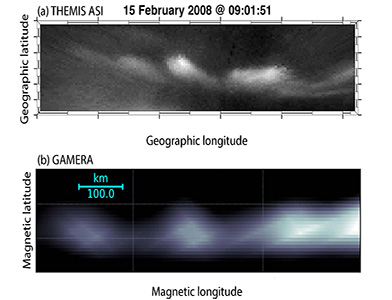News
New Simulations Unravel Mystery Behind Aurora’s ‘String of Pearls’
A newly developed computer model has captured the intense activity of Earth’s magnetic field at both small and large scales to address two unanswered questions: why the aurora sometimes looks like a string of shimmering pearls, and whether those “pearls” are harbingers of upcoming magnetic activity.
Developed by researchers at the NASA DRIVE Science Center for Geospace Storms (CGS), which is headquartered at the Johns Hopkins Applied Physics Laboratory (APL) in Laurel, Maryland, the team’s ability to find answers to these questions represents an unprecedented advancement in magnetospheric modeling.
“That we can now model geospace at this scale is very exciting because it’s a new capability that allows us to connect what people see 100 kilometers up in the aurora to what’s happening 50,000 kilometers away in space.” said Kareem Sorathia, a physicist at APL and the lead author on the study.
Their findings were published July 28 in Geophysical Research Letters.


